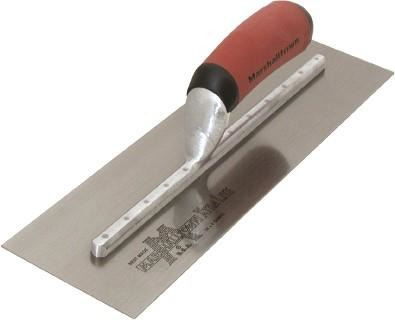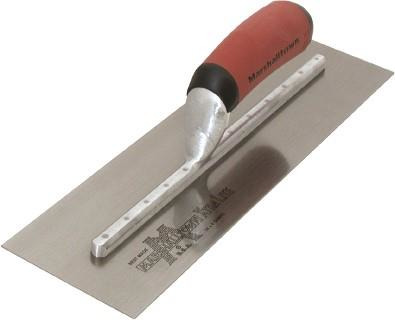General Purpose Concrete Trowels
Filter
64 items
content loaded
Price
$30.99 (EACH)
Item pricing and delivery options may vary based on location. Select your local branch for best pricing.
Price
$143.99 (EACH)
Item pricing and delivery options may vary based on location. Select your local branch for best pricing.
Price
$154.99 (EACH)
Item pricing and delivery options may vary based on location. Select your local branch for best pricing.
Price
$29.99 (EACH)
Item pricing and delivery options may vary based on location. Select your local branch for best pricing.
Price
$49.99 (EACH)
Item pricing and delivery options may vary based on location. Select your local branch for best pricing.
Price
$60.99 (EACH)
Item pricing and delivery options may vary based on location. Select your local branch for best pricing.
Price
$194.99 (EACH)
Item pricing and delivery options may vary based on location. Select your local branch for best pricing.
Price
$40.99 (EACH)
Item pricing and delivery options may vary based on location. Select your local branch for best pricing.
Price
$30.99 (EACH)
Item pricing and delivery options may vary based on location. Select your local branch for best pricing.
Price
$143.99 (EACH)
Item pricing and delivery options may vary based on location. Select your local branch for best pricing.
Price
$154.99 (EACH)
Item pricing and delivery options may vary based on location. Select your local branch for best pricing.
Price
$29.99 (EACH)
Item pricing and delivery options may vary based on location. Select your local branch for best pricing.
Price
$49.99 (EACH)
Item pricing and delivery options may vary based on location. Select your local branch for best pricing.
Price
$60.99 (EACH)
Item pricing and delivery options may vary based on location. Select your local branch for best pricing.
Price
$194.99 (EACH)
Item pricing and delivery options may vary based on location. Select your local branch for best pricing.
Price
$40.99 (EACH)
Item pricing and delivery options may vary based on location. Select your local branch for best pricing.









